By Diplomacy Journal Lee Kap-soo
“Korea is one of the countries with cutting-edge industry and technology. Angola would like to be able to count on Korea's experience in this regard,” said Amb. Edgar Gaspar Martins of Angola in Seoul on Oct. 17.
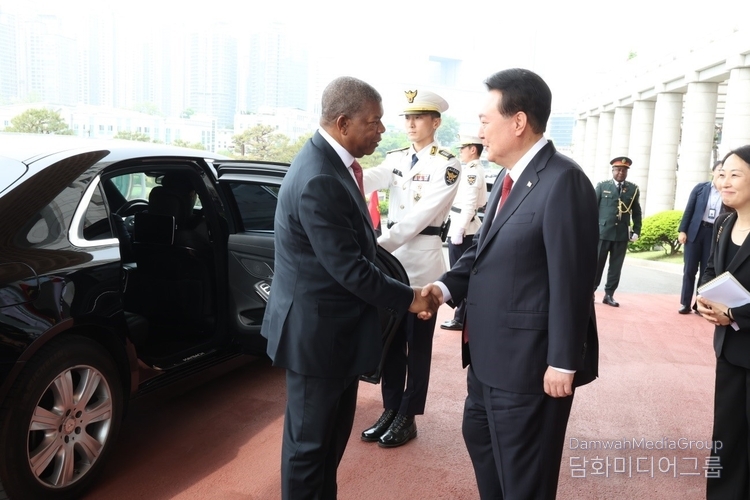
In an exclusive interview with the Diplomacy Journal held at the Embassy of the Republic of Angola in Seongbuk-gu, Seoul, Amb. Edgar Gaspar Martins said, “Given the favorable environment now created by the latest Official Visit by João Manuel Gonçalves Lourenço, President of Angola, to Korea, new prospects are opening up, for example, in the military, information technology (IT) and communications sectors, particularly artificial intelligence (AI); customs management, manufacturing and processing, agriculture, health, the automotive sector, transfer of know-how to Angola; modernization and construction of industrial hubs with cutting-edge technology; infrastructure construction, basic sanitation and solid waste treatment, etc.”
Noting that the Angolan government has relaunched the tourism sector in Angola, he said, “Our government has, in 2023, waived the requirement for entry visas to Angola for 98 countries around the world, including Korea. The tourist visa allows foreign citizens to stay in Angola for 30 days, which can be extended to up to 90 days if necessary.”
The ambassador stressed, “With this measure, all citizens of the benefiting countries do not need to contact the Angolan Embassies or Consulates. The tourist visa is issued at Luanda International Airport upon arrival in Angola. To obtain this visa, you must present a passport with a minimum validity of 6 months, proof of accommodation and means of subsistence.”
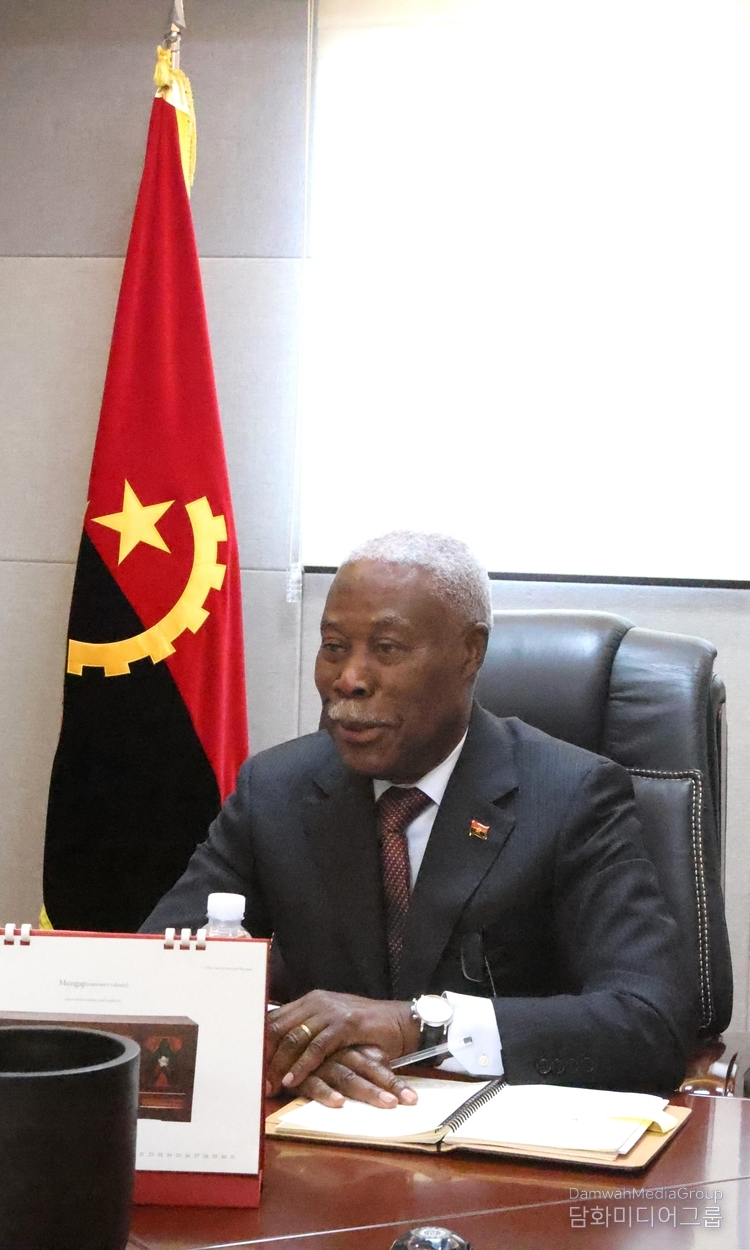
The following is the full text of the Diplomacy Journal’s interview with H.E. Amb. Edgar Gaspar Martins of Angola in Seoul. –Ed.
Q: Angola and the Republic of Korea established diplomatic relations in 1992. How have they developed over this period?
A: Diplomatic relations between Angola and Korea were formalized in 1993 with the signing of the General Agreement on Technical and Scientific Cooperation, a fundamental instrument for relations between the two countries. Since then, a number of legal cooperation instruments have been signed which have reinforced cooperation, regular consultations to analyze important dossiers on the national and international situation of bilateral interest, as well as reciprocal support for international candidates, as happened with the elections of both countries to non-permanent members of the UN Security Council. In this regard, I would also like to inform you that Angola supported Korea's recent election to the UN Human Rights Council (UNHRC) for the 2025-2027 term.
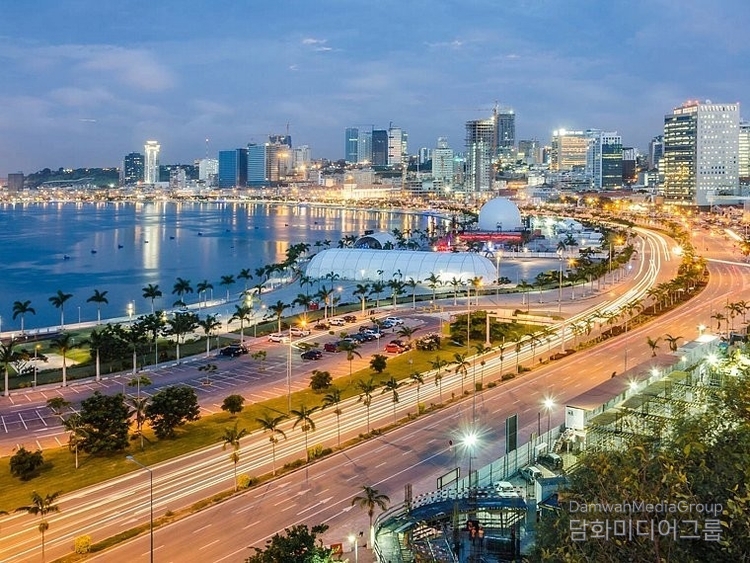
It is worth highlighting the Official Visits made to Korea in 2001 by the late President José Eduardo dos Santos and by the current President of Angola João Manuel Gonçalves Lourenço in April 2024. Indeed, the last bilateral summit (2024) was a unique opportunity to strengthen cooperation between Angola and Korea. The meeting between the two high-level delegations made it possible to deepen the bonds of friendship and solidarity between the two countries and to envision concrete actions for multifaceted economic cooperation in a wide range of areas.
It is noted that one of the immediate results of the Bilateral Summit was Angola's signing up to the K-Rice Belt Memorandum of Understanding, which aims to improve rice production in Angola, an important instrument in the context of Korea's contribution to food security for African countries, as well as the signing of the Memorandum of Understanding with Korea's official insurer, the Korea Trade Insurance Corporation (K-Sure), with a view to ensuring the financing of projects in Angola in the energy sector, with an emphasis on renewable energy, both legal instruments signed on the sidelines of the Korea-Africa Summit held last June.
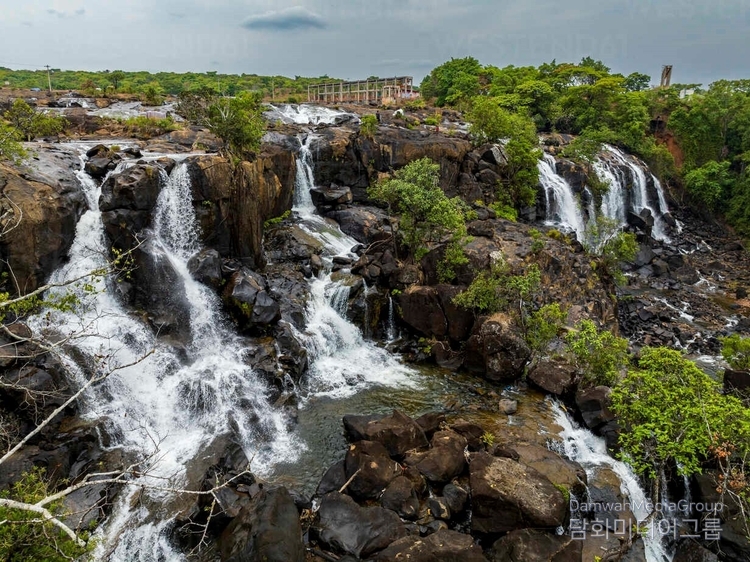
By way of conclusion, it should be referred that both parties are continuing to make efforts to materialize the aspirations of both countries. In fact, the shared political visions and the will expressed by President Yoon Suk Yeol of Korea and João Manuel Gonçalves Lourenço of Angola during the April 2024 Summit point to both sides working harder to strengthen bilateral cooperation.
Q: Please give a presentation about your beautiful country whose national day will be celebrated on Nov. 11. Do you have a program to commemorate the date this year?
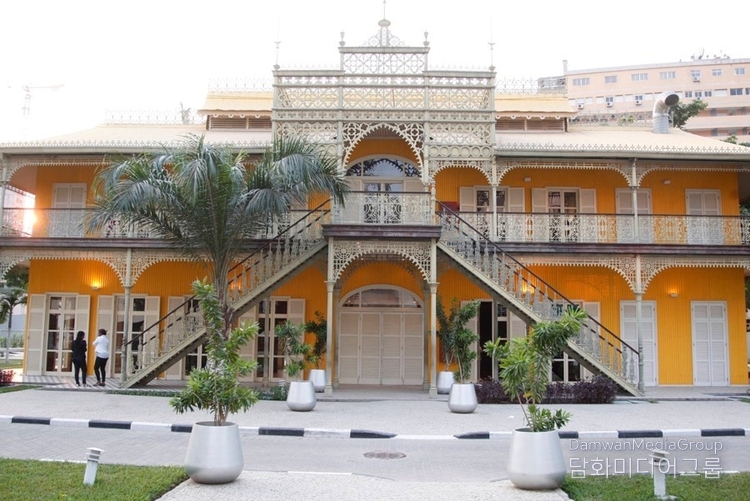
A: The Republic of Angola is located in the southern region of the sub-Saharan part of the African continent, with a territorial size of 1,246,700 km² and an estimated population of 35 million inhabitants (World Bank data, 2022). The country has 18 provinces. Angola recently approved a new political and administrative division law, which expands the country to 20 provinces. The capital is Luanda.
Angola is a unitary State with a presidential system of government. It was a colony of Portugal for 500 years and achieved its National Independence on November 11, 1975, proclaimed by Dr. António Agostinho Neto, the First President and Founder of the Angolan Nation. Angola borders the Republic of Namibia to the south, the Democratic Republic of Congo (DRC) to the north, through the province of Cabinda, with the Republic of Congo, Zambia to the east and the Atlantic Ocean to the west. Angola is the second largest oil producer in the Sub-Saharan Africa, after Nigeria, with an average production capacity of 1,138,467 barrels/day (data from Feb/2024), and 2,571 million cubic feet of natural gas on average per day.
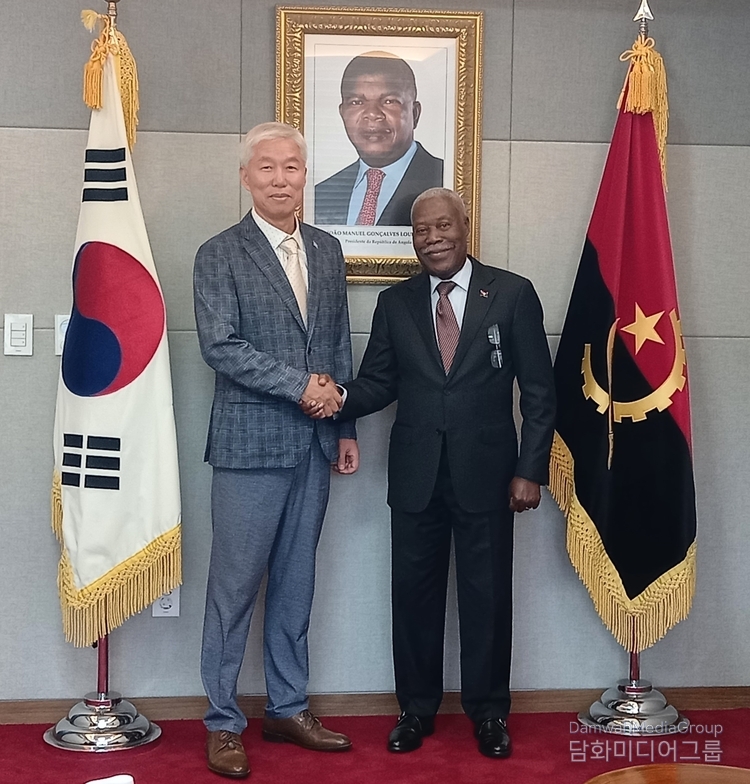
Until 2023, Angola was a member of the Organization of the Petroleum Exporting Countries (OPEC), having already given up its membership of this world organization. It is also rich in diamonds and other rare minerals, abundant in water resources, as well as having a great biodiversity of fauna and flora. On the other hand, the country has a diverse climate and fertile soils suitable for a wide range of agricultural crops such as coffee, bananas, cassava, corn and others.
As part of the program to commemorate Angola Day, the Embassy has scheduled an interactive meeting with the Angolan community living in Korea. The Angolan community in Korea is made up of 63 Angolans, mostly young students, 71% male and 29% female, living in various cities in Korea. The meeting with the Angolan community on the date of the commemoration of National Independence, we think is the ideal moment to meet again with our community, to share ideas, debate issues of national interest, reflect on the 49 years of National Independence, prospect the challenges for the future, and in the end, to live a little with our diaspora in this country, since, for various reasons, it has not been possible to be together during the year.
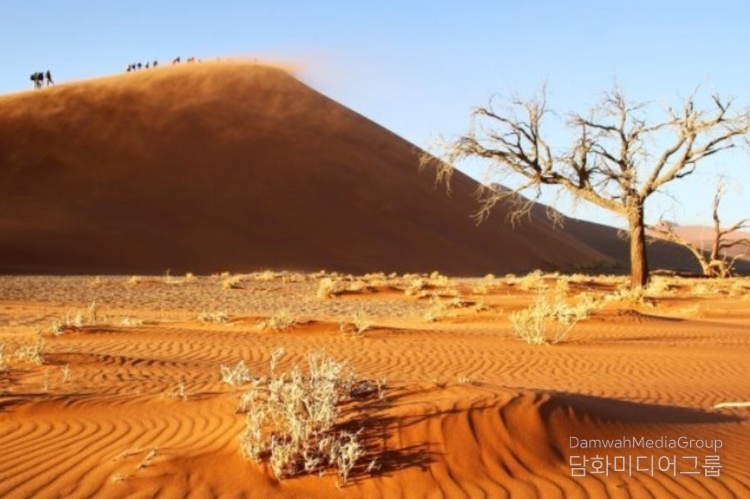
Q: What is the current volume of bilateral trade between Angola and Korea?
A: It is not so easy to make an assessment of the volume in terms of participation of the number of private companies involved in business cooperation between Angola and Korea, there is the conviction that in the period between 1995 and 2021, two years after the establishment of relations between the two countries, cooperation was mostly undertaken at the risk of its promoters. The Angolan market, especially until 2014, was not only an important destination for Korean know-how, but was also one of the main African countries that received a large number of investment declarations from Korean companies in terms of foreign investment.
The private business sector is the one that has always registered noteworthy levels in the relationship between the two countries, particularly in the oil sector and the construction of naval and industrial infrastructure. During the period in question, there was always an increase in the flow of business migration, which justified the existence of numerous contracts signed.
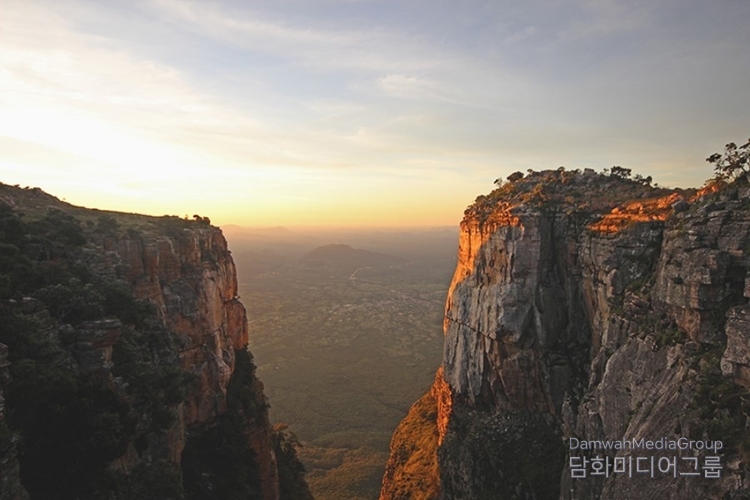
Daewoo Shipbuilding & Marine Engineering (DSME), as a result of 15 contracts signed between 1997 and 2014 with Sonangol E.P. for the construction of various ships and equipment for the oil industry, carried out a contract budgeted at around USD 1,400,000,000 (one billion, four hundred million US dollars). The same DSME also signed 17 contracts in the period 1995-2013 with Sonangol E.P. and other operators such as Chevron, Exxon Mobil, Total, to name just a few, for the execution of various offshore projects, earning more than USD 11,500,000,000 (eleven billion five hundred million US dollars). In general terms, in the periods mentioned above, it was possible for DSME to have a turnover of approximately USD 13,000,000,000 (thirteen billion US dollars).
In the same period, it should be noted that more than forty (40) Korean engineering and construction companies also invested in Angola as a good business partner in Africa. Thus, in the period between 2001 and 2010, some Korean companies still carried out business and infrastructure work in Angola. After the economic crisis, a good number of them withdrew from the Angolan market, but some of them are still involved in carrying out projects in our country, such as Coreangol Engineering & Construction, DSME Angola, LG Electronics Angola, Koran Trading - Import, Export & Service Provision, Joongwon Engineering & Construction and others.
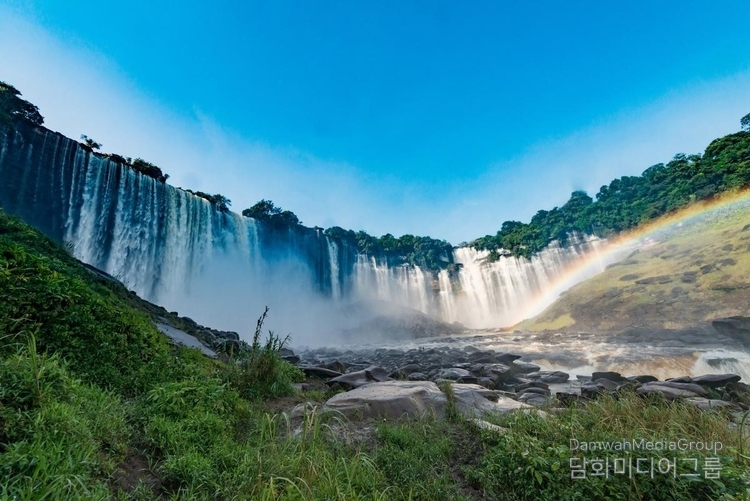
Several Korean companies have visited Angola to explore the market and establish business partnerships. By way of example, the BK Group and the Africa-Korea Economic Development Association (AKEDA) paid working and market prospecting visits to Angola in 2023. On that occasion, they were received in audience by His Excellency the President of the Republic João Manuel Gonçalves Lourenço, whose actions resulted in the signing of a MOU between AKEDA and IGEO, and the creation of a TASK FORCE between AKEDA and SONANGOL, within the scope of the PAENAL Project. In addition to these companies, a total of 39 others, from various fields of activity and levels, have shown an interest in exploring the Angolan market between 2019 and 2022.
Recently, a delegation from the Korean International Cooperation Agency (KOICA) and other Korean companies visited the Catumbela Industrial Development Pole (PDIC), the Lobito Atlantic Railway concessionaire, as well as the Biópio Photovoltaic Plant and the Lobito Corridor, all in Benguela province, an area that has attracted particular attention from Western countries, especially the USA. The Lobito Corridor, whose railroad will connect the Port of Lobito to the Republics of Congo and Zambia, will serve to transport rare minerals and other goods from the African continent to Western countries. The US attaches unique strategic importance to the Corridor.
Finally, to answer the question in concrete terms, it should be noted that by 2023 bilateral trade between Angola and Korea amounted to more than USD 470 million. This year, a number of Korean companies took part, directly or indirectly, in the Luanda International Trade Fair (FILDA), which for us represents added value in business economic relations between the two countries.
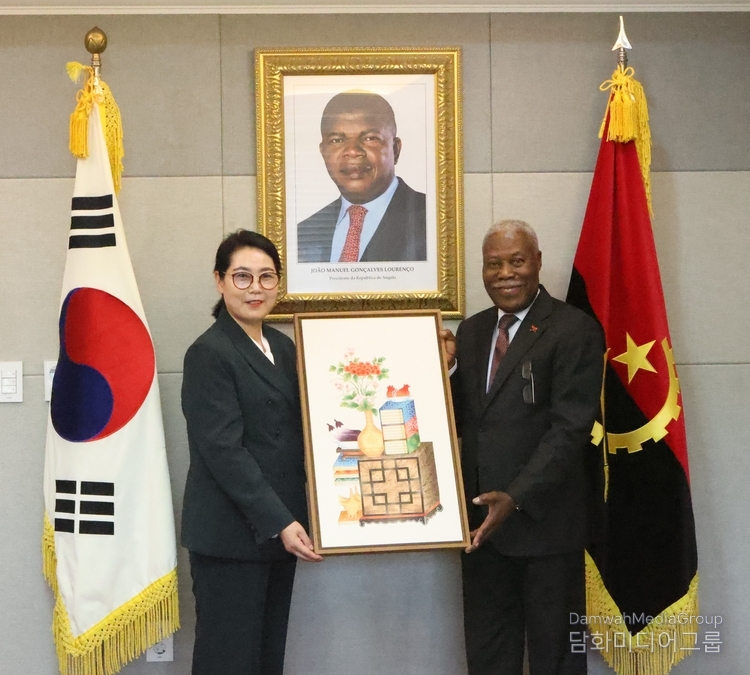
Q: What kind of industrial sectors could embrace Korean investors in Angola?
A: With the progress of science and technology in modern societies, the world has become increasingly digital. The technology industry is now the main sector of economic and social development in society. Korea is one of the countries with cutting-edge industry and technology.
Angola would like to be able to count on Korea's experience in this regard. Given the favorable environment now created by the latest Official Visit by João Manuel Gonçalves Lourenço, President of Angola, to Korea, and in addition to the partnership with some sectors that already exist in the Angolan market, under various cooperation projects, new prospects are opening up, for example, in the military, information technology (IT) and communications sectors, particularly artificial intelligence (AI); customs management, manufacturing and processing, agriculture, health, the automotive sector, transfer of know-how to Angola; modernization and construction of industrial hubs with cutting-edge technology; infrastructure construction, basic sanitation and solid waste treatment, etc.
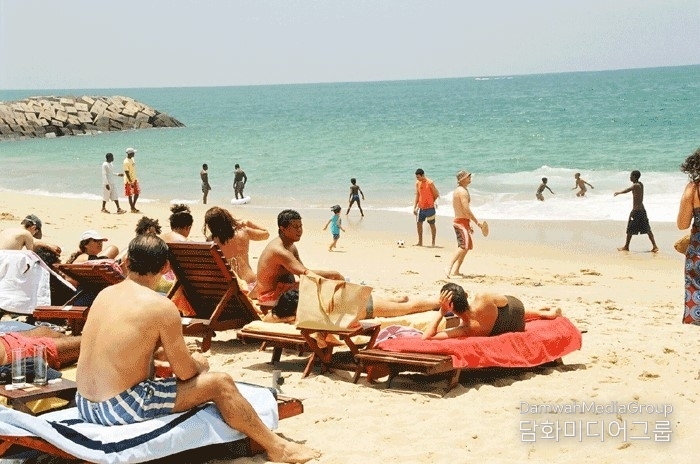
Meanwhile, it is up to Korean private investors to identify other areas of business and interest for economic and commercial partnership. The Business Forum between Angola and Korea, held on the sidelines of the Official Visit of the President of Angola to Korea last April, allowed the various Korean business sectors to get an accurate idea of the business opportunities, facilities, benefits and advantages offered by the Angolan government to Korean investors.
Q: What tourist attractions are there in Angola that you would recommend to Korean tourists?
A: Angola is a country with a variable tropical climate, made up of a dry season from May to September and a rainy season from October to April of the following year. Therefore, the best recommended period for tourism is from May to September.
From the point of view of biodiversity, Angola has several rare species of flora and fauna, which are attractive for ecotourism, especially the Welwitschia Mirabilis plant (located in the Namibe desert) and the Giant Sable antelope (located in the province of Malanje), rare and unique species in the world. On the other hand, Angola has at least 20 reference areas of authentic natural conservation, considered natural wonders. Among these areas, the 7 Wonders of Angola stand out as obligatory tourist references:
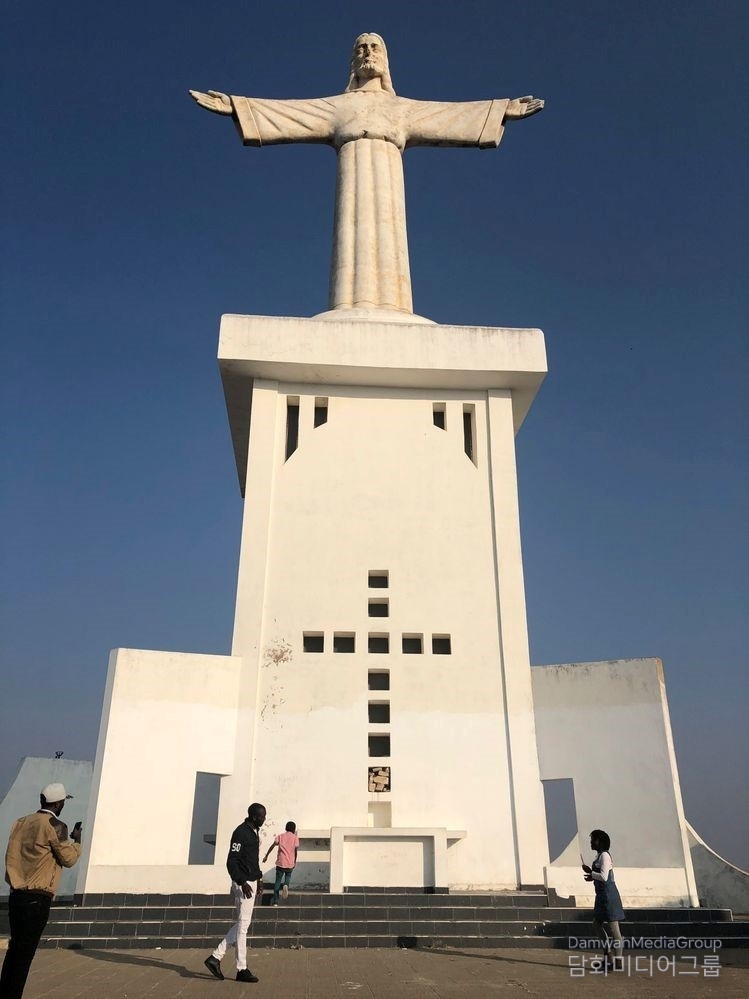
Tundavala Gap, which is a natural window from the plateau of the Huíla province to the Namibe Desert, with an altitude of over 2,000 meters, surrounded by imposing cliffs, on the Chela mountain range. It is approximately 15 kilometers west of the city of Lubango, capital of the Huíla province. Due to its attractive beauty and characteristics conducive to tourism, the site was classified as a natural and cultural landscape by Executive Decree No. 5/12 of 9 August, of the Government of Angola. The native communities also consider it to be the place where the spirits of their ancestors take refuge, closing themselves in invisible drawers.
a) Maiombe Forest: this is the second largest forest in the world. It is located in the northern region of the Cabinda Province, bordering Congo Brazzaville and the Democratic Republic of Congo, and occupies a vast territorial area of 290 thousand hectares. It has dense vegetation with leafy trees 50 meters high, including the Pau-Rosa, Ngulo Mazi, among others. The fauna consists of large animals such as elephants, rhinos, African forest buffalos, various primates such as gorillas, chimpanzees, small monkeys and sloths, various types of rodents, rare birds such as the grey parrot and parakeets.
b) The Nzenzo Caves in the province of Uige, a recently discovered site, characterized by its still virgin and completely preserved beauty.
c) Nakarumbo and Karumbo Lagoons, in the province of Lunda Norte, with a habitat of more than 338 species of plants and 159 species of birds, of which 13 are rare.
d) Mount Môco, located in the municipality of Londuimbali in the province of Huambo. It is the highest point in Angola, at 2,620 meters above sea level. The place is a refuge for several rare and endemic species, such as the Swierstra’s Francolin. From the point of view of sustainable nature tourism, it is a challenge for abseiling and canyoning enthusiasts.
e) The Kalandula Falls (located 80 km from the city of Malanje, 420 km from Luanda), one of the best postcards of Angola. They are the second highest falls in Africa, with a width of 410 meters and a height of 105 meters. In addition to an unparalleled landscape, the area is also ideal for swimming.
f) The Chiumbe River Falls, located near the municipality of Dala, on the bridge that connects the road from the province of Lunda Sul to Moxico. No one is indifferent to their passage, where the river that gives them their name creates a landscape of rare beauty.
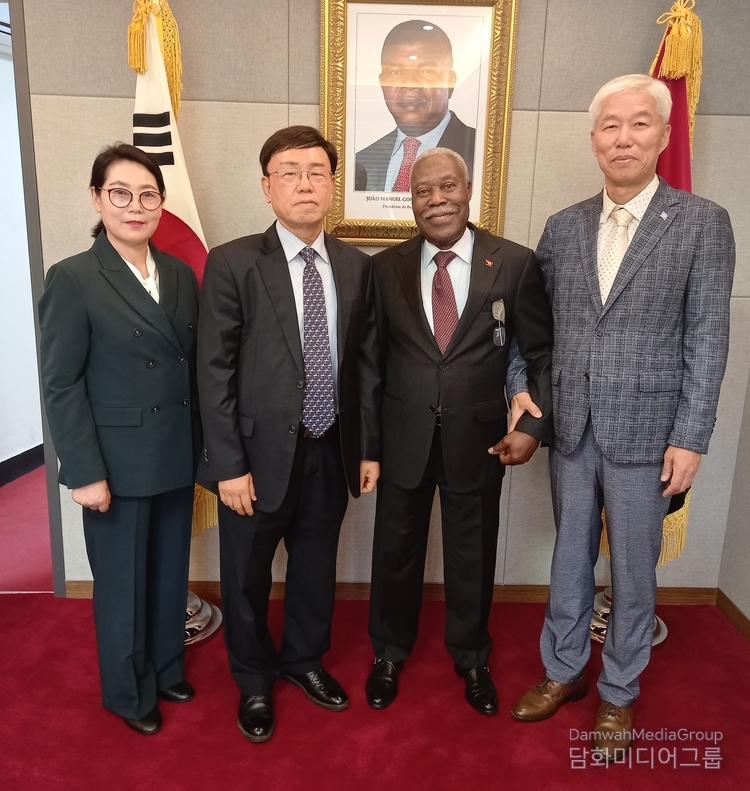
Other notable tourist attractions include the museums that showcase Angola's historical and modern cultural heritage, such as the Iron Palace, the National Museum of Military History (São Miguel Fortress), the National Museum of Natural History and the National Slavery Museum (in Luanda), the Dundu National Museum (province of Lunda Norte), the Kulumbimbi Church, the former Cathedral of San Salvador, capital of the former Kingdom of Congo (14th to 19th centuries), located in the province of Zaíre, in the north of Angola.
According to history, the church was built overnight by angels. In 2017, Mbanza Congo was recognized as a UNESCO World Heritage Site. It is also worth highlighting the Islands of Luanda and Mussulo in Luanda, and Praia Morena in the province of Benguela (south of Angola) as the main beach tourism spots.
Another equally important attraction that has aroused great interest among tourists is Angolan culture and cuisine, particularly music, dance and rhythms, which constitute an enormous artistic wealth of Angola, with the dance styles kizomba, semba, rebita, cabetula, kilapanga, zouk and kuduro, which liven up cultural evenings. For example, kizomba and kuduro dance, now expanding in Europe and other parts of the world, were recently consecrated by the Government as national cultural heritage of Angola, and our government is in the process of submitting their respective applications for recognition by UNESCO/UN.
Q: Is there any government program to attract foreign tourists, including Koreans?
A: Yes, there is. The government considers the tourism sector to be one of the key sectors for Angola's development. As part of the best international practices for tourism growth, the government has adopted measures to promote the sector, support tourism companies and ensure tourist satisfaction:
• Reducing bureaucracy in the process of issuing consular visas
• Increasing the hotel network and improving services
• Improved road infrastructure, airports and ports
• Improved electricity supply, without power outages
• Improved nationwide 4G internet connectivity service
• Creation of tourist police, in order to increase tourists' perception of safety and security
• Improving access to quality health care
• Environmental policy and land use planning
• Accessibility and transport
• Effective management of cultural heritage
• Improving marketing, promotion and information
These measures aim to gradually increase the growth of tourism and make it sustainable, both in terms of the number of tourists and in terms of revenue generated. Data from the National Statistics Institute (INE) in 2019 indicate that the tourism sector contributed only 3% to GDP in the period in question, which is far below the desired level.
The Government expects tourism to be more open to foreigners by 2050. Based on this perspective, the Government remains committed to creating conditions to boost the tourism sector, forecasting an increase in the total number of international tourists from 218,000 (2019) to close to 2 million per year by 2050. In the first phase, attention will be focused on creating excellent conditions in the most sought-after tourist areas by building the infrastructure necessary for short and long-term tourism with average spending. By 2050, the number of foreign tourists is expected to grow to over 1.7 million. Angola is open to receiving not only leisure and research tourists, but also business tourists.
I would like to take this opportunity to remind the Korean readership that, as part of the diversification of the Angolan economy, which is currently dependent on oil production, and as part of the strategy to relaunch the tourism sector in Angola, the Angolan Government has, in 2023, waived the requirement for entry visas to Angola for 98 countries around the world, including Korea. The tourist visa allows foreign citizens to stay in Angola for 30 days, which can be extended to up to 90 days if necessary.
With this measure, all citizens of the benefiting countries do not need to contact the Angolan Embassies or Consulates. The tourist visa is issued at Luanda International Airport upon arrival in Angola. To obtain this visa, you must present a passport with a minimum validity of 6 months, proof of accommodation and means of subsistence.
Recent data indicate that the discovery of the tourism potential mentioned above by many foreigners has led to a growing interest and significant increase in investment in the hotel and tourism sector.
Q: Please tell me what was the most significant or happiest moment during your time as a diplomat?
A: Korea is a rich country, not only because of its economy and world leadership in information technology, but above all because of its history of overcoming the difficulties of the past, its creative spirit, its hard work in all walks of life, its determination to succeed, which have made it the country it is today, admired by almost every country in the world, and in particular the culture of its people.
Without mentioning other significant moments, the Official Visit of His Excellency President João Manuel Gonçalves Lourenço to Korea, which took place in April of this year, was for me the highlight of my duties in Korea, as it allowed the two Statesmen to meet vis-à-vis to address not only bilateral cooperation issues, but above all, regional and international issues of common interest, considering the leading role that Korea plays in resolving global issues.
Following the interview, Cultural Editor Lee Mi-hyung of Diplomacy Journal who is also professor of the Department of Cultural Content, the Institute for Adult & Continuing Education of Myongji University, presented a folk painting to Amb. Edgar Gaspar Martins of Angola as a gift.





